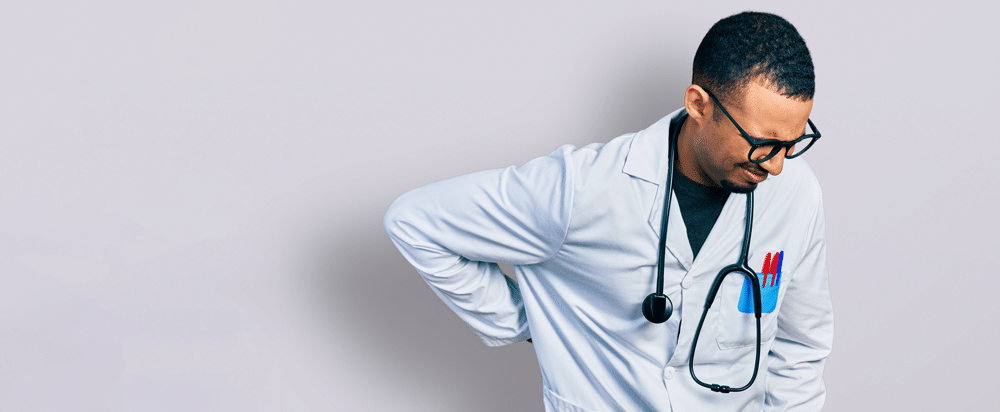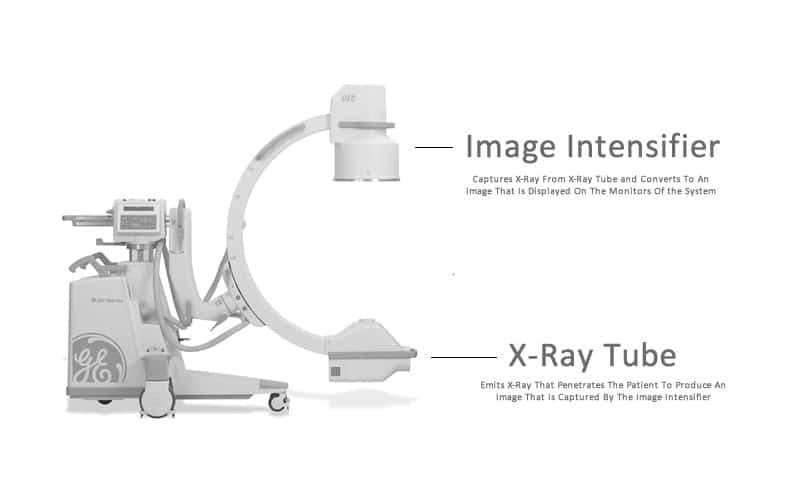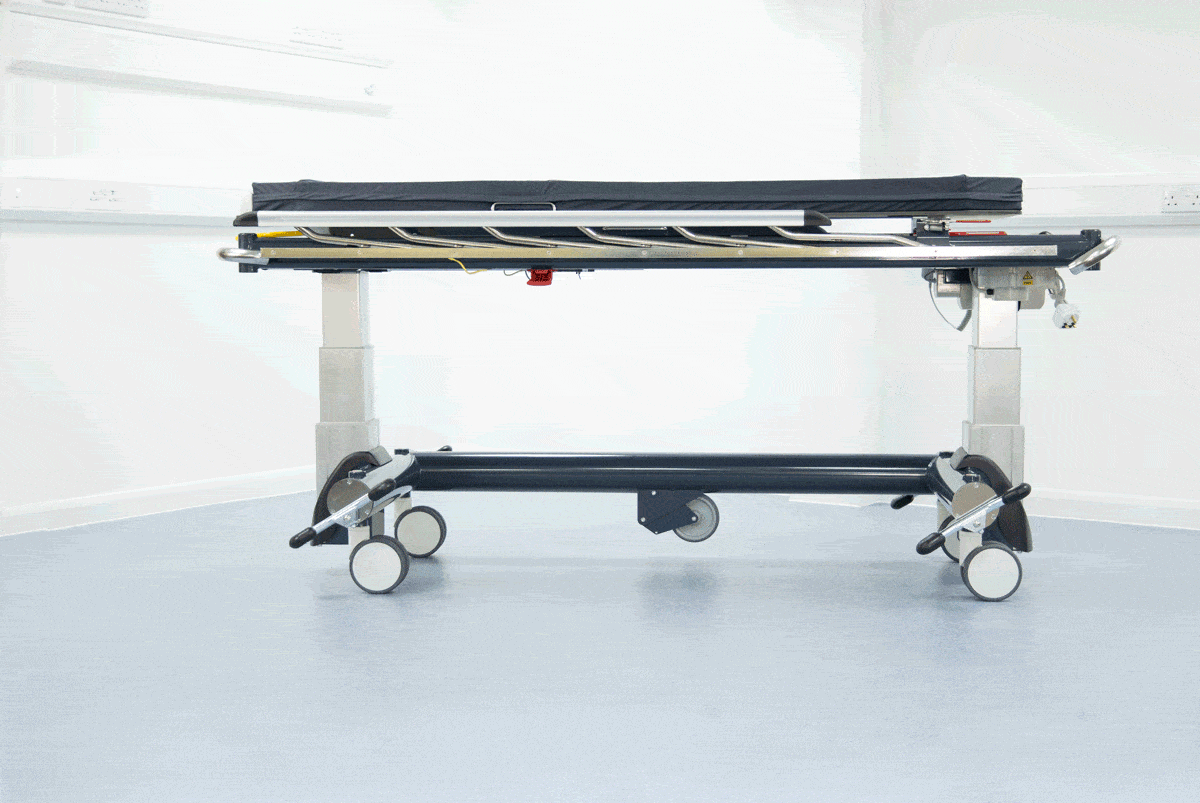How to avoid injury when moving and using a C-arm camera for fluoroscopy

What is a C-arm?
A mobile C-arm is a medical imaging device that is used for several imaging and fluoroscopy procedures in hospitals.
As well as being used for diagnostic imaging procedures, mobile C-arms are essential tools in everyday trauma and orthopaedic surgeries as many procedures are guided by X-Ray fluoroscopy.
C-arms are constructed in a C-shape – as the name would suggest – to allow them to be placed over and under an imaging table or imaging stretcher and achieve a clear image.

Can C-arms be moved manually?
Yes, the majority of C-arms are designed to be mobile and will be equipped with wheels and castors, enabling you to manually move the camera to where you need it.
However, C-arms are typically very heavy and cumbersome pieces of kit, with most weighing between 200-250kg, making them difficult to move safely.
So, whilst C-arms are ‘mobile’, they are difficult for staff to move safely due to their weight and size, particularly if they are having to reach over a table or stretcher to move it.
How to avoid musculoskeletal injury when using a C-arm
Below are 3 tips to help you avoid the risk of experiencing musculoskeletal strain and injury when moving a C-arm during a procedure.
1. Carry out a risk assessment
One of the simplest ways to prevent musculoskeletal injuries and problems when carrying out any task involving manual handling is to thoroughly risk-assess the task to reduce the risk to the lowest level possible.
There are many tools out there to assess manual handling tasks, but for assessing the risks of moving equipment such as C-arms, the ‘Risk Assessment of Pushing And Pulling’ (RAPP) tool from the HSE is one of the most relevant. The RAPP tool is designed for safely assessing pushing and pulling operations and checking the effectiveness of any risk-reduction measures.
Risk assessments should also be regularly reviewed and updated when necessary.
2. Avoid stretching over the patient when moving the C-arm
Reaching and stretching only increases the likelihood of musculoskeletal strain and injury, so where possible, avoid stretching over an imaging table or stretcher to move the C-arm and instead, always try to be on the same side of the table or stretcher as the C-arm when moving it.
3. Use an imaging stretcher with a moveable top
It goes without saying that the best way to minimise the risk of injury is to avoid the task altogether.
With this being said, investing in an imaging stretcher that has an integrated sliding mattress platform, such as the ImageFlow stretcher, will enable you to move the patient to the correct position without having to move the C-arm camera at all, completely reducing the risk of injury.
Below is an animation showing the sliding top in action on the ImageFlow stretcher:

Related articles
How much does the Felgains ImageFlow Stretcher cost?
5 Tips For Avoiding Injury When Moving And Handling Patients
Get in touch
Got a question or want to send us a message? Let’s talk.